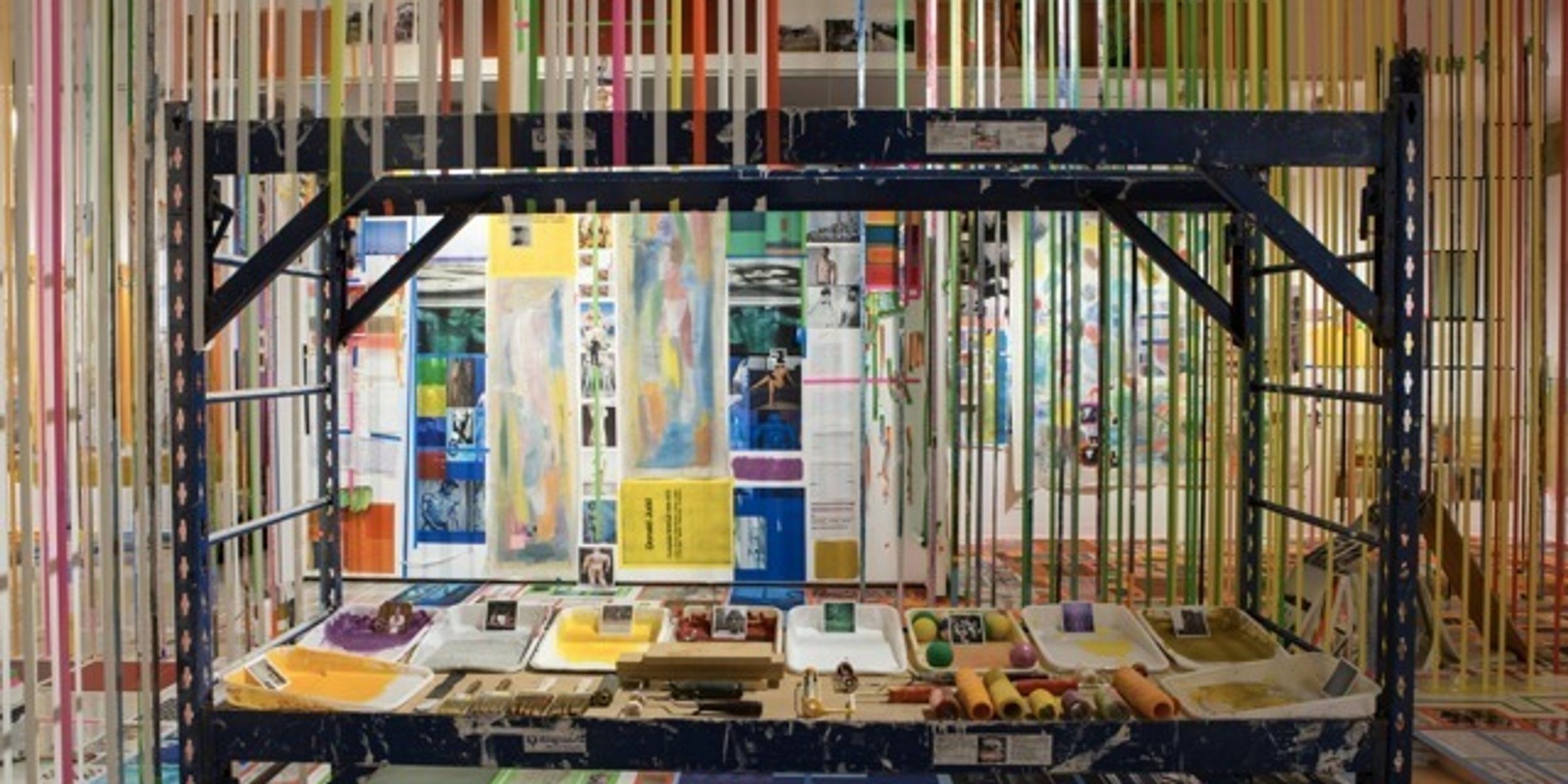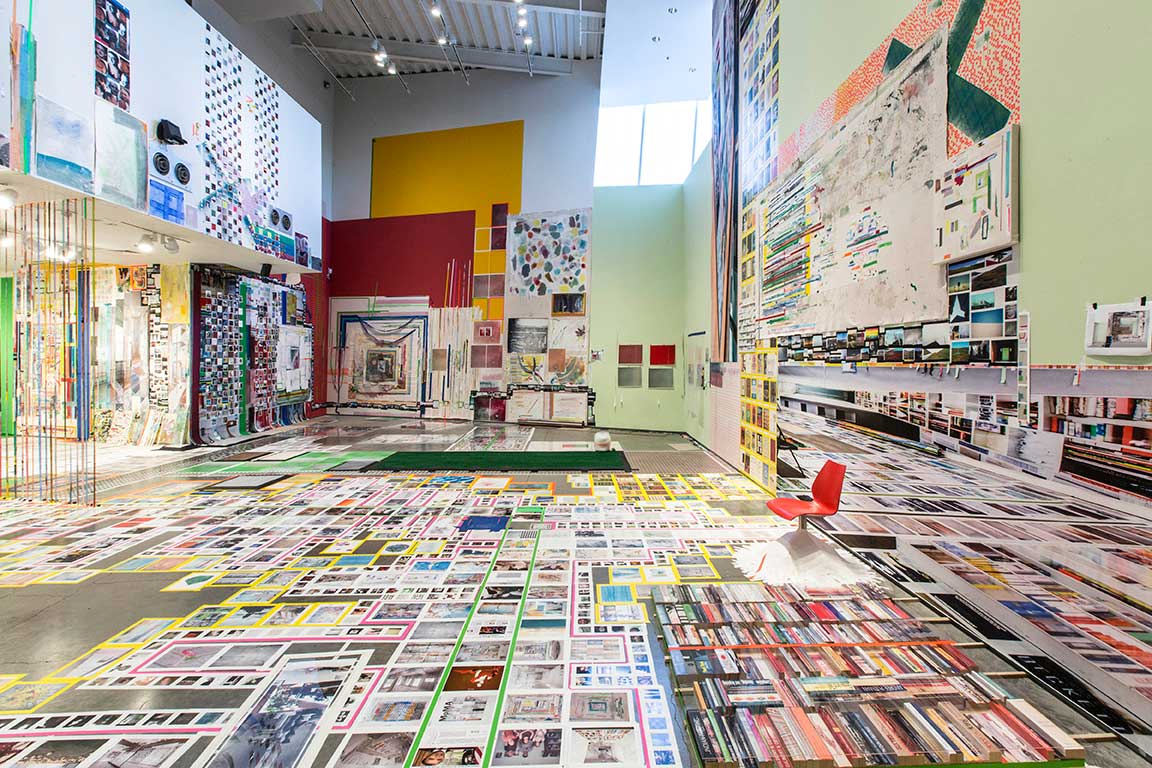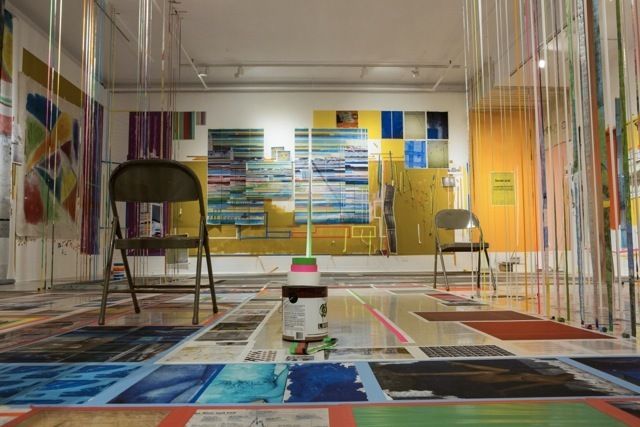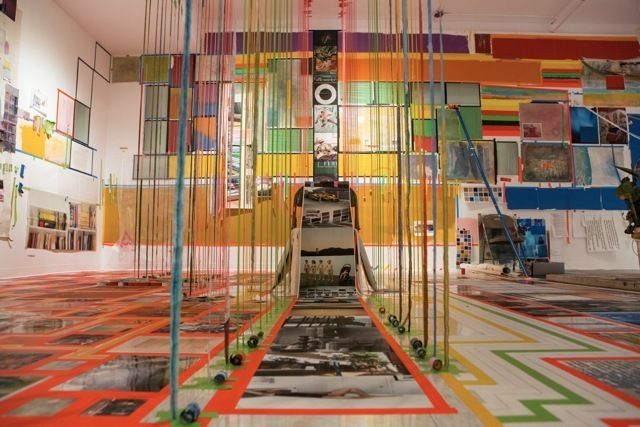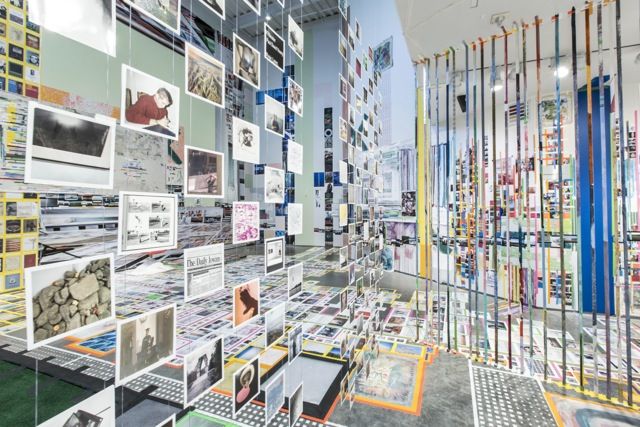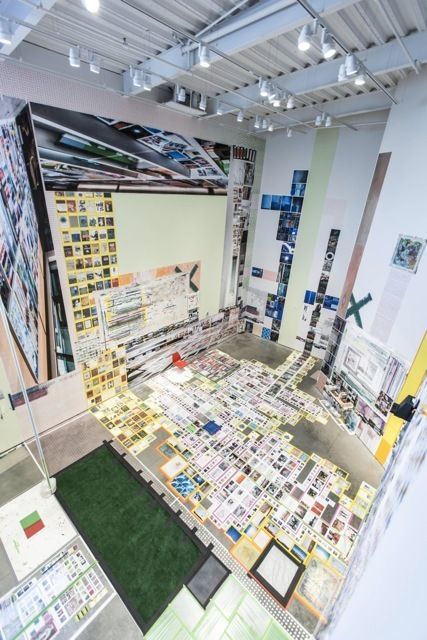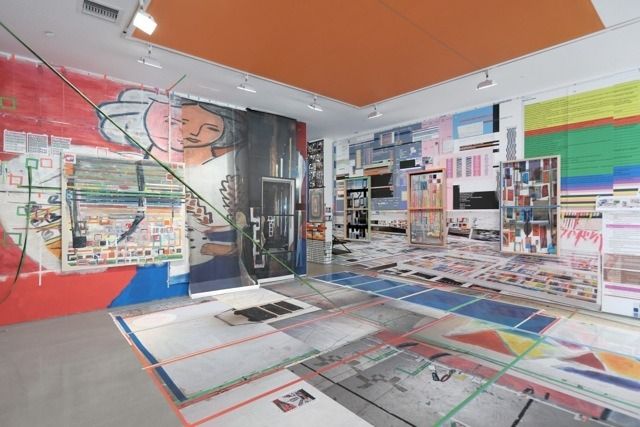
Textures of Place
On August 22nd the exhibition ‘Textures of Place’ by Miami-based artists Leyden Rodriguez-Casanova and Frances Trombly opened at the artist-run project space Prosjektrom Normanns in Stavanger. The two artists stayed in Stavanger on a three-week residency in combination with the exhibition – which was a result of the duo’s investigation and research into Norwegian culture and tradition. In their separate practices, they have each been working within a theoretical framework based on the idea that they produce work in an interplay between a subjective, conscious place originated in their background and experiences, and a particular physical place, with its atmosphere and historical implications. In this interview the artists talk about their processes leading up to the exhibition in Stavanger, and the similarities between working with art in Stavanger and Miami – where they also run the project space ‘Dimensions Variable’.
- EN
- 15 September 2014
- Interview
